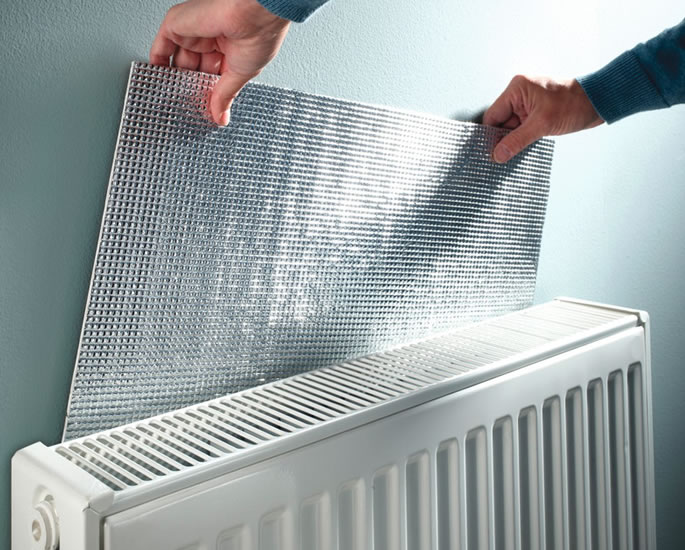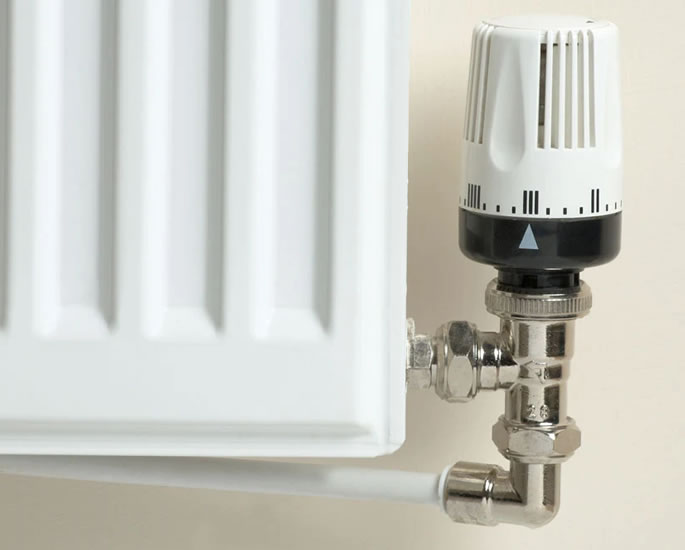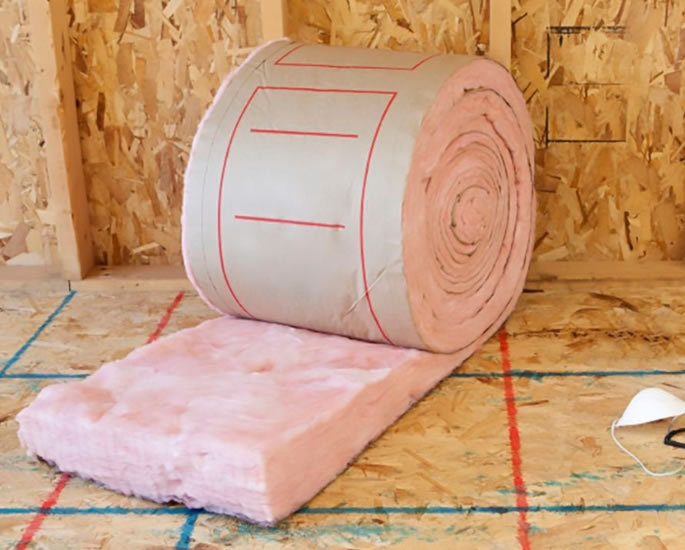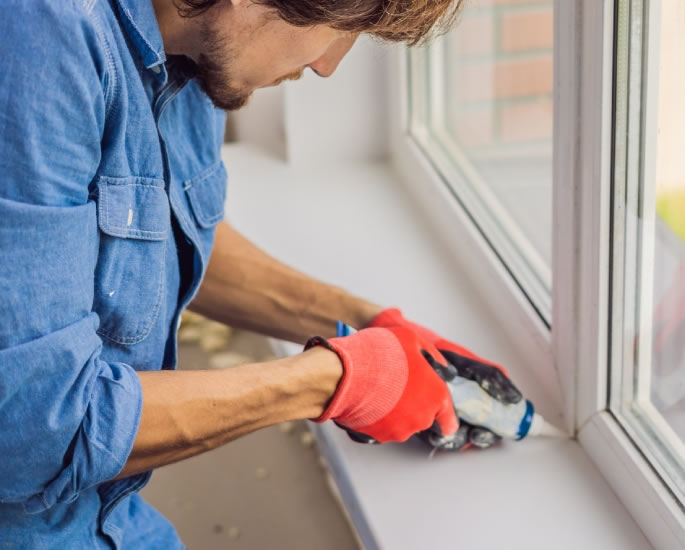It also results in less energy wastage which means lower energy bills.
Many UK households are trying different hacks in order to stay warm whilst reducing energy bills.
The energy price cap increase has meant that many UK households are choosing between staying warm or saving money.
Fortunately, there are several ways to heat your home that can also help save money.
Making simple changes or investments can go a long way in saving money.
Here are seven heating tips to reduce energy bills.
Radiator Foil

Using radiator foil behind your radiator will bounce heat back into the room rather than letting it seep out through the walls of your home.
The benefits are a warmer and more comfortable home.
It also results in less energy wastage which means lower energy bills.
You can buy specialist foil from hardware shops or online in rolls or sheets. But switching specialist foil for regular tin foil is a popular hack and a cheaper alternative.
Control Thermostats

Knowing how to control your heat can save money and thermostats are the best way to do so.
They enable households to control the temperature and by knowing how to do so, money on energy bills can be saved.
Room thermostats turn your heating system off when the house reaches the right temperature, preventing overheating and energy from being wasted.
Smart thermostats such as Google Nest and Tado can help make things easier.
Radiator Thermostats

Radiator thermostats are some of the most common thermostats found in the home.
Radiator thermostats can save money on energy bills as they are used to control the heat in different rooms at different times.
It is recommended to set the thermostatic radiator valve to level three or four.
To use radiator thermostats efficiently, reduce the heat in rooms which are used less, such as spare rooms.
Increasing the heat in a particular room will not change the speed at which it heats up but will waste energy and cost more.
Insulation

A quarter of heat is lost through the roof in an uninsulated home.
Insulating your loft, attic or underfloor is an effective way to reduce heat loss and reduce your heating bills.
When installed correctly, loft insulation should pay for itself many times over in its 40-year lifetime.
If your loft is easy to access and has no condensation problems, it should be easy to insulate and in many cases, it is possible to do it yourself.
Wall insulation can help you cut the amount of energy you need to cool and heat your home by around 25%.
Opting for floor insulation can save around 20%.
Whichever insulation method you opt for, it’s best to enlist the services of a qualified professional if you lack the experience to install it safely yourself.
Boiler Service/Renewal

Keeping a boiler in good working condition is probably more important than people realise and by servicing it, you can reduce your energy bills and in turn save money.
A well-maintained boiler will be there to deliver the heat when you need it and will ensure you are not unnecessarily spending money.
A dirty boiler is an inefficient boiler. An inefficient boiler is one that will require more fuel to do its job.
More fuel equals bigger energy bills and, well, you see where this is going.
By keeping your boiler clean and properly tuned, it will make the most of the expensive fuel you feed it and keep energy bills as low as possible.
Draught Proofing

Draught-proofing windows and doors are one of the cheapest and most effective ways to save energy and money.
To draught-proof your home, you should block any unwanted gaps that let cold air in and warm air out.
Saving warm air means you will use less energy to heat your home, therefore saving money.
Based on a typical gas-fuelled semi-detached property in England, Scotland or Wales, draught-proofing windows and doors could save around £60 a year.
If you have an open chimney, draught-proofing your chimney when you’re not using it could save around £90 a year.
Draught-free homes are comfortable at lower temperatures, so you may be able to turn down your thermostat, saving even more on your energy bills.
Insulating Tanks & Pipes

Insulating your water tank and pipes is a quick and easy way to save money on your energy bills.
Lagging water tanks and pipes reduces the amount of heat lost, so you spend less money heating water up, and hot water stays hotter for longer.
Insulating your hot water cylinder is one of the easiest ways to save energy and, therefore, money.
A hot water cylinder jacket costs around £16.
If you already have a jacket fitted around your tank, check the thickness. It should be at least 80mm thick. If it isn’t, consider buying a new one.
Topping up your hot water tank insulation from 25mm to 80mm thick, using a British Standard jacket, could save you around £70 a year, which is more than the cost of the jacket.
By slipping pipe insulation around your exposed hot water pipes you’ll keep your hot water hotter for longer.
Fitting insulation to pipes is easy if the pipes are accessible. If your pipes are hard to reach, you may need to engage a professional.
As with most of the tips on this list, keeping things as cheap as possible is the goal without jeopardising the heat.
Even something as small as keeping all the doors closed will help but is often overlooked.
So, try these different techniques out and hopefully, you stay warm this winter and also reduce your energy bills.





























































